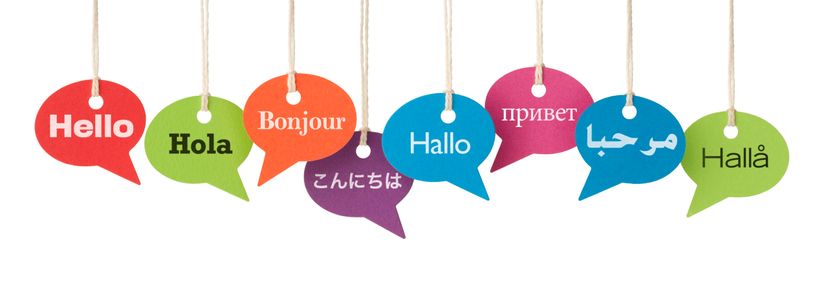
As travelers, we’ve all been there: you’re in a foreign country, you don’t speak the language, and you’re trying desperately to make yourself understood—and comprehend what someone else is telling you.
It might be as simple as ordering a meal, buying a ticket, or negotiating the price of that souvenir you simply must-have. Or, it could be much more important than that. The language barrier is always an inconvenience when traveling, but if it comes to medical emergencies, natural disasters, or canceled transportation arrangements, it becomes much more serious.
Advertisement
Learning a language not only makes travel easier and more enjoyable, it allows you to really interact with locals in a whole new way and improve the cultural exchange that creates such a richer travel experience. Outside of travel, it’s also a great life goal to become conversational in more than your native language.
I should pause at this point to admit that I am not fluent in any other language outside English and that I am one of those people who really struggle with learning another language. I took Spanish in high school and grew up in Texas (where Spanish is heavily spoken), and still could barely say more than food items and como esta? as an adult. In college, I took two years of French and added to that Alliance Francaise group classes and trips to France. I can get around and conduct a basic conversation in French—and I can read it quite well—but anything more complex is beyond my realm. I have a really difficult time understanding real people speaking the language, especially at a rapid clip.
Enter Rosetta Stone. In 2011 I undertook a challenge I called “30 Days at a Time” in which I focused on one new lifestyle project each month. For November, that 30-Day challenge was learning, and I wanted to add Spanish to my list of things to learn. I was also coming up on a trip to Nicaragua in January 2012, from which I just returned.
Of course, I had heard of Rosetta Stone for years—it was always billed as the fastest, most natural, and user-friendly way to learn a language. I decided that since previous methods hadn’t worked so well for me, I would give it a try. I went onto the website and signed up for their free interactive demo, which let me go through the first module of Spanish without cost or risk.
I was pretty much hooked. I have come to believe, through my struggles with learning a language, that the best way is to learn the way we learned our first languages when we were babies. Visually, through repetition and by seeing what is in front of us and associating it with that name. Doing the whole translating back and forth in your head routine is what trips us up.
The problem lies in how we go about learning a language, and in classrooms, the learning is controlled and directed by the teacher, not yourself. Plus of course, you have the challenges of learning to speak and understand, versus grammar and writing, and the possible lack of opportunity to practice with native speakers very often.
This is exactly what Rosetta Stone avoids. The learning is extremely visual, but you also get to hear the pronunciation as well. Already from the start, it was miles above my previous Spanish and French classroom experiences, which consisted of a lot of worksheets, a lot of writing, and forced conversations with classmates where we simply readout of the book to each other.
I supplemented Rosetta Stone with a few conversation groups locally in my hometown, to practice with real people and reinforce what I was learning. When I got to Nicaragua about six weeks after starting the Rosetta Stone Spanish, I will readily admit I didn’t just start speaking Spanish. Perhaps due to my previous experiences, I was really insecure and lacked the confidence to just come out and speak. Plus the fact that my boyfriend, who I was traveling with, speaks a fair amount of Spanish allowed me to admittedly coast on him.
But here is what surprised me almost immediately in the Central American country: how much Spanish I could understand. I couldn’t believe it. I was understanding at least 25% of what was being said. I was comprehending big chunks of conversations. And when I met up with other friends, who also spoke Spanish, I continued to be shocked by how much I was picking up. A few times, I even understood something that a local said that my boyfriend or another Spanish-speaking friend didn’t pick up on, such as directions as to when something closed or how much something was.
After a week or so on my three-week trip, I tentatively began speaking. Of course, after only six weeks of learning, I didn’t know a lot yet—and to be completely honest, I really bailed on the Rosetta Stone lessons during the holidays. But that’s the beauty of the system: you can come back to it in your time, whenever and wherever you want. I had the CDs, I could go online, and I could download iPod and MP3 clips.
By the third week of our trip, I was having short conversations with locals—and they understood me! I am still a long way from being even truly conversational, but I feel that if I keep up with the Rosetta Stone system, and keep practicing, I will get there much sooner than any previous methods have allowed me to.
And maybe I’ll even move on to other languages in the future. As an avid traveler and travel writer, even being able to speak a little bit of the language where you are traveling really improves the entire experience. Bon Voyage!
Advertisement